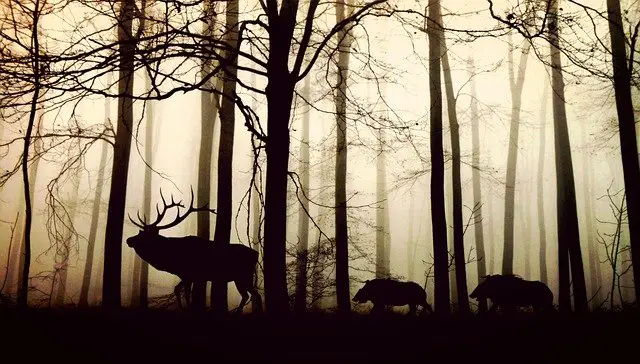Will deer come back after blowing? Often, yes. Here are some tips for getting another chance at a deer after it blows. Snorting and blowing are both done through the nostrils. The only difference is the frequency of each. Snorting is a quick, explosive sound, similar to a blow, and a blow is a more prolonged, drawn-out whoosh. A deer uses snorting and blowing to signal danger, while blowing is an alarming sound that signals threat. A deer who snorts will usually run away, but will often come back for another chance.
Do deer come back after blowing?
The first question you should ask yourself when hunting is, do deer come back after blowing? The answer is a resounding yes. During times of danger, deer will blow to warn each other of impending danger. The blows are drawn-out whooshes repeated several times. Generally, deer will walk back to the same location after blowing, but this behavior can vary throughout the year.
If you find the deer acting aggressively, don’t worry. It is normal for deer to revert to their old behavior patterns after two days. A sudden change in behavior from a deer doesn’t mean the hunt is over. There are a number of different reasons why deer act this way. Here are some of them:
The reason why deer blow is important is because they use different bedding and food sources during fall and winter months. Deer also move to different areas of the woods, so it is important to have more than one stand location. Additionally, the direction of the wind is important. The crosswind is usually more favorable for hunting. Nevertheless, if the wind is blowing out from the north, deer will often come back to that spot.
How to get a second chance at a deer after it blows?
While you might want to take your chances, a deer’s nose is one of the most powerful weapons in its arsenal. If you’re standing in the wrong direction or getting blown away by wind, you could easily be snatched by the deer. Fortunately, there are some ways to combat this problem. Wind checkers are available to help you determine which direction is blowing. If you’re still unsure, you can try releasing a powder that will indicate the direction of the wind. Once you’ve got the right direction, you can approach the deer with your scent downwind.
Another way to get a second shot at a deer after it blows is to wait a bit and observe what the deer does. In late summer and early fall, buck behavior is predictable. If you startle him, you may push him to a neighboring farm or make him go nocturnal. To get a second chance, watch his body language and wait until the buck calms down.
Tricks for spooking a deer during the rut
During the rut, bucks can cover a large area. To intercept bucks, set up your stand near a less populated area that is less densely forested. Monitor the wind and scent. Then scout staging areas and fresh food sources. If a buck hightails from your location, it’s more likely that he just stepped into a pack of bucks chasing a doe.
Another good way to scare a deer is to use a tarsal gland as a lure. The timing of the rut may vary, but using the tarsal gland lure too early may scare the deer and make him run. Use the same lure at an earlier time, though, and if possible, avoid approaching the buck’s bedding area.
Other tricks to spook a deer include rattling antlers or using a grunt can to entice bucks. During the rut, bucks respond to the sound of a doe in estrus. You can also use commercially produced grunt tubes to mimic the sound. The rattling sounds can fool a buck into thinking the doe is in estrus.


